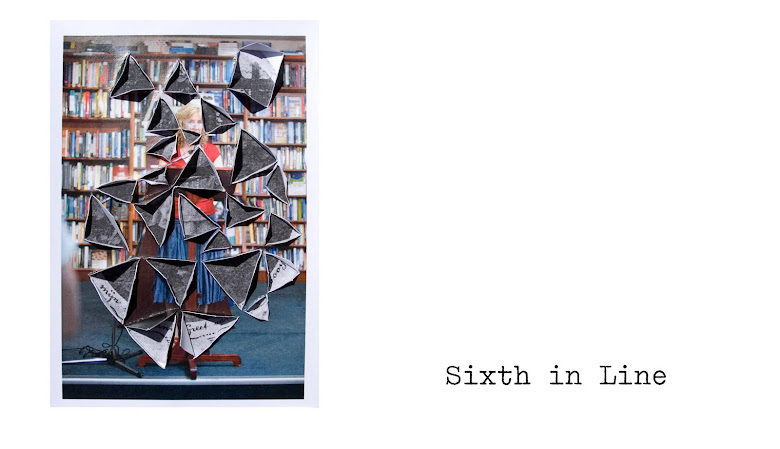My morning has been derailed by the news that one of my
daughters has decided to travel with her boyfriend to Merimbula on the
coast. Just for the hell of
it. It’s a six hour drive.
They wanted to go somewhere further
away, my daughter said. And they hoped
they might find more warmth.
I start to panic.
Will their car hold out?
Will they be safe? What
might they encounter? Then I
remind myself when my husband and I were young we travelled often from
Melbourne to Canberra, and Sydney sometimes. Each trip took a day and we thought little of it except for
the tedium of all that driving.
My mother never worried about my travels then, or if she
did, she did not let on. I worry
more than my mother ever worried, perhaps to make up for her. But my daughter is an adult now. She is responsible and will take
care. I have to let go.
I spent last weekend in Bowral with my husband and various
of my sisters and brothers and their partners on a family reunion of sorts, the
third since our first effort to get together in 2010.
We had planned to go to the Blue Mountains but the bush
fires were hard on the doorstep of Closeburn, the house at Mount Victoria where
we had arranged to stay and the proprietor and powers that be there suggested
we should avoid the area.
My younger sister who was organizing the trip chose Bowral
at the last minute as a place outside of Sydney that might appeal. No bushfires there. None of us had wanted to stay in Sydney
proper – too much city.
We try to compromise in distances for these reunions given
that one of us lives in Mildura, another in Dubbo, one in Gippsland, still
another outside Canberra and another further north in Brisbane. The rest of us live in Melbourne,
though one Melbournian is away at the moment in America for several months.
Not everyone made it to this reunion, only six of the nine
siblings, and it felt different to me as a consequence. Some of us came with our partners,
which also diluted that family-of-origin feel.
Still we all managed to fall into role: the girls making
tea for the boys; the boys sitting around talking; my oldest brother taking
charge, in spite of himself perhaps; my older sister being her usual bossy
self.
We joked about these things but on the Saturday night
after dinner as we sat around in the dining room of our rented house, spread
around on unmatched couches and floral fabric armchairs – the usual motley
furniture of holiday houses – and
drank the last of the red wine, I sensed that old wish to subvert
proceedings.
The wish rose in my throat. There was a quality of playing happy families, and I railed
against it.
When I consider how much I like to keep the peace in my
present family compared to my wish to shake things up in my family of origin, I
wonder about the contradiction.
The front picture of today’s Age newspaper includes a beautiful young woman in a broad
open weave hat, tilted on one side of her head. She is wearing a slim two piece white suit, the sort of
outfit women show off at the races.
It’s the spring carnival season here in Melbourne, the
time for people to dress up in anticipation of the great race on Cup Day.
Beyond the young woman’s beauty I was struck by the fact
she was not your average white Anglo-Saxon. She was of Asian descent. This is not the usual fare we see on the front pages of our
newspapers here in Melbourne, not the so-called main stream.
Are times changing?
Can we now recognize and accept the diversity of nationalities within
our culture.
The article attached describes how this young woman had
organized her outfit on a budget.
Her suit made in Vietnam, her shoes online from the US, everything from
elsewhere, inexpensive and yet glamorous.
It seemed to me there were subtexts here, hidden
hints.
Why the emphasis on frugality? Is it to encourage ordinary folk to participate in what they
describe as fashions on the field.
I do not trust it anymore than I trusted myself at the
family reunion.
I have a photograph in front of me on my desk. In the class photo of 1968 I smile at
the camera along with thirty two other girls in my third last year at
school. All of us in our mushroom pink
linen dresses, with white Peter Pan collars.
The photo is taken at a significant time in the
history of the western world - massive changes everywhere, the Prague spring - but in it I smile feebly, my medal of Mary Immaculate around my neck.
There are others who also wear the medal in this
photo. It marks us as future
prefects, good girls who will soon become leaders at our school. My hair is in pigtails, my collar
crinkled. My school dress is too
tight and it bunches around my waist.
These are the days when I see myself as ugly and
compensate for my appearance by being cheerful, helpful and ingratiating myself
to all and sundry.
It seems an effective way to get through my final years at
school. The nuns admire me for
it. My fellow students tolerate
me. A couple of my close friends
even like me and one or two others despise me. One girl in particular, Rosanna, considers me a fraud and
treats me accordingly. She sees
through my façade. Under all the
sugary niceness I am as flawed as the rest.
The good girl of my school years contrasts with the
troublesome one I have become.
There is only so long you can hold onto excess piety.

